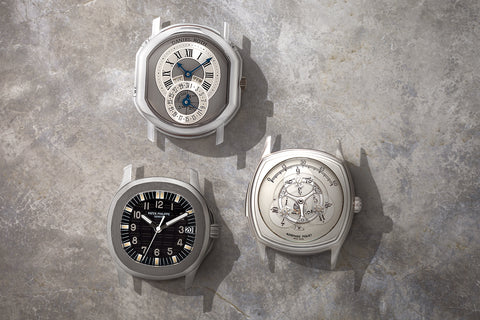Limited to 28 pieces, this Roger Dubuis Hommage Monopusher integrates a range of attractive features, from its classic 40mm white gold case to its ivory dial with applied Breguet numerals. Powered by the Calibre RD 65, a movement based on the Lemania 2310, it represents the watchmaker's earliest brush strokes.
Worth Reading
The history of Roger Dubuis is rich and complex, as Dubuis started his career in the 1950s working for Longines, before moving on to Patek Philippe’s complications department. From there he went his own way, starting his workshop in the ‘80s. Later on, in 1995, Dubuis would launch his eponymous brand with the help of businessman Carlos Dias. Dubuis' chronographs typically appear in three sizes: 34, 37 and 40mm. This Monopusher Chronograph is in the largest size, at 40mm.
The first Roger Dubuis pieces were acclaimed by collectors because they channelled the traditional Genevan watchmaking that Patek Philippe embodied paired with the watchmaker's signature stylistic flair. Dubuis' attempt to emulate Patek Philippe was obvious in some of his choices, from seeking the Geneva Seal for his movements to his design of deployant buckles. The Hommage watches, as the name suggests, were designed as a tribute to the great watchmakers of old, according to Dubuis. In 2003, after only eight years, the watchmaker left his eponymous brand. Though his output in the earliest days of the brand was limited, the design and quality of the pieces he produced have stood the test of time.
This Hommage Monopusher H40 combines a range of attractive features, such as the glossy ivory dial – created from a thick lacquer that gives it the appearance of enamel – applied Breguet numerals and distinctive white gold case. Traditionally, it is understood that each variant of the Hommage series was limited to 28 pieces. According to Dias, the initial intention was actually limit each series to 25. Following the suggestion of a collector based in Asia, where the number 8 is considered to bring good luck, Dias decided to limit each series to 28 instead.
The design is that of a two-register chronograph, with a smooth ivory dial and applied Breguet numerals. The unusual curved Breguet numerals are a nod to vintage chronographs from the past, notably the most desirable iterations from Patek Philippe. The polished surfaces and outer dial printing in black form an excellent contrast against the white surface. The feuille hands are also made out of white gold, matching the hands in the subdials.
The case is very distinct with its polished, stepped concave bezel and polished lugs. The three-piece construction gives the watch a bold presence on the wrist, measuring 40mm in diameter. A single pusher, placed in the crown, is used to start, stop and reset the chronograph function.
The watch is powered by the Calibre RD 65, based on the Lemania 2310, much like the Patek Philippe ref. 5070. The movement bears the Seal of Geneva and was regulated by Roger Dubuis himself. At the time of production, it was only Patek Philippe movements that carried the Geneva Seal, hence why Roger Dubuis felt that it was crucial to have the same hallmark of quality. The seal focuses on the art of decorating a movement with finesse and skill, in the style of Genevan watchmaking.
Two variations of the Monopusher Chronograph H40 exist – one with a pusher at 2 o'clock, and this example with a pusher in its crown. What separates these two is the movement that powers them, with the one with the pusher at 2 o'clock being rarer, but making use of the RD 50, derived from the Omega calibre 33.3. This example is slightly more easily found, but its movement is based on a legendary calibre that has been used in watches ranging from the Patek Philippe 3970 to the Breguet 5287.
The complexity of the movement is revealed through an engraved sapphire case-back, featuring a 21 jewel, straight-line lever escapement, a monometallic balance adjusted to five positions, a self-compensating Breguet spring and a swan-neck micrometer regulator. As indicated by the "Bulletin d'Observatoire" signature on the dial, this movement was tested for accuracy at the Besançon Observatory, setting far more exacting standards than a test from the Contrôle Officiel Suisse des Chronomètres (COSC).
If sold within the United Kingdom, this Roger Dubuis Monopusher Chronograph will be subject to 20% VAT
Specifications
Closer look
| Brand: | Roger Dubuis |
| Model: | Monopusher Chronograph ref. H40 |
| Movement: | manual-winding calibre RD65 |
| Functions: | chronograph, hours, minutes, seconds |
| Features: | monopusher, applied Breguet numerals, feuille hands, tachymeter scale, observatory graded, display back |
| Case material: | 18k white gold |
| Case diameter: | 40mm |
| Case thickness: |
11mm |
| Lug-to-lug: | 48.5mm |
| Crystal: | sapphire front & back |
| Strap: | bespoke nubuck strap from our own collection, Roger Dubuis black alligator strap, Roger Dubuis white gold pin buckle |
| Lug width: | 21 x 16mm |
| Accompanying materials: | Roger Dubuis outer box and inner box, hangtag |
Condition
This Roger Dubuis Monopusher Chronograph H40 is in excellent overall condition. The case and lugs show virtually no signs of wear throughout. The dial, hands, and moment are free from any signs of imperfections. The hallmarks on the reverse of all four lugs are crisp and well defined.
Warranty
The watch comes with a two-year warranty from A Collected Man, alongside a lifetime guarantee of authenticity.
We stand by the quality of all of our pre-owned watches and mechanical objects. If something goes wrong, we’ll always strive to remedy the situation in a timely manner and to the best of our ability. The satisfaction and trust of our clients is of the highest importance, to everyone at A Collected Man.
All of our pre-owned watches have undergone thorough, non-invasive mechanical inspections and have been serviced, if appropriate, to ensure that they meet our highest standards of timekeeping and functionality.
Our pre-owned watches, unless stated otherwise, are covered by either a full or a limited twenty-four month warranty. This excludes any damage sustained due to improper use or accident. Due to their age, some pre-owned watches should not be subjected to the same conditions as when new.
Any of our pre-owned watches which have been serviced by their respective manufacturer, will carry the manufacturer’s servicing guarantee. This is separate and supersedes, the standard warranty offered by A Collected Man. Please see our Terms & Conditions for further information. You can write to us directly at enquiries@acollectedman.com, for further clarification.
A Collected Man is also an authorised retailer for a number of watchmaking brands. These watches are covered by the warranty from the original manufacturer.
We offer complimentary worldwide delivery on our watches. If ordering from overseas, delivery will depend on the value of the timepiece and the destination. All import taxes and duties are the responsibility of the buyer.
If ordering from the UK before 1 PM, your watch will be sent the same working day. The courier will depend on the value of the watch, with all watches delivered the next working day.
Please note that pre-owned goods (in the United Kingdom) are subject to a marginal rate of VAT, which can not be reclaimed. For further information, please see here.
VAT
The amount shown on our website does not include local tax rates. If this item is delivered to, or picked up from, a UK address, the standard rate of 20% VAT will be added at checkout. Otherwise, you will be responsible for paying local sales taxes and import fees.
Enquire
Please fill out the details below and we'll be back in touch shortly. Thank you.
Join the List
Get notified as soon as new pieces from this brand are added to our collection.
Our five favourite chronograph




Chronograph Watches at A Collected Man
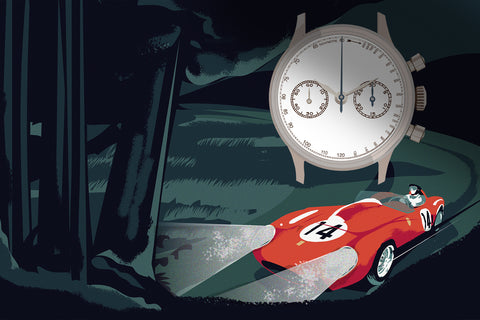
Our five favourite chronograph scales and why they matter
By Russell Sheldrake
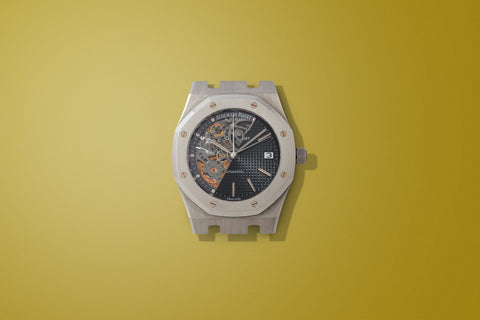
The Bare Bones Of the Skeletonised Watch
By Josh Sims
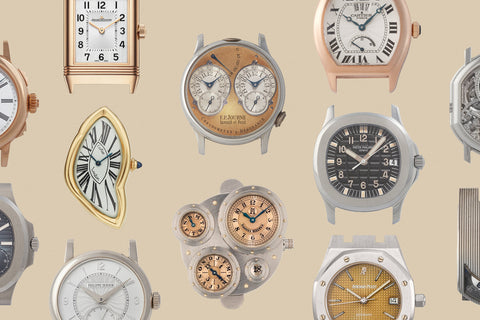
Making the Case for Round and Shaped Watches
By Josh Sims
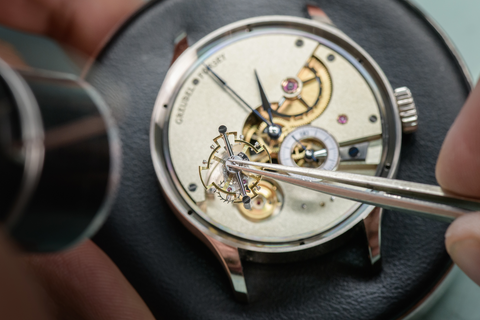
The Tourbillon and why it still matters
By Russell Sheldrake
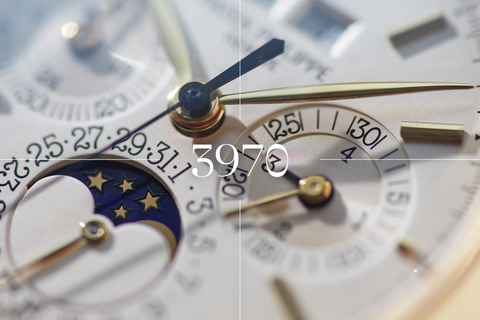
A Collector's Guide: The Patek Philippe 3970
By Russell Sheldrake

A Collector's Guide: Patek Philippe 3800 Nautilus
By Russell Sheldrake

A Collector's Guide: Asymmetrical Watches
By Raj Aditya Chaudhuri
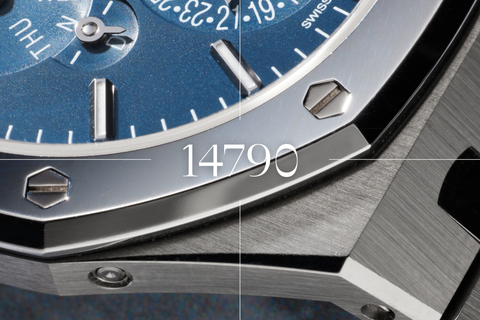
A Collector’s Guide: The Audemars Piguet Royal Oak ref. 14790
By Russell Sheldrake
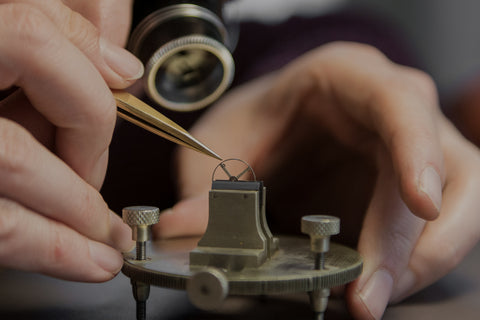
Is There Still a Divide Between In-House and Ébauche?
By Felix Scholz
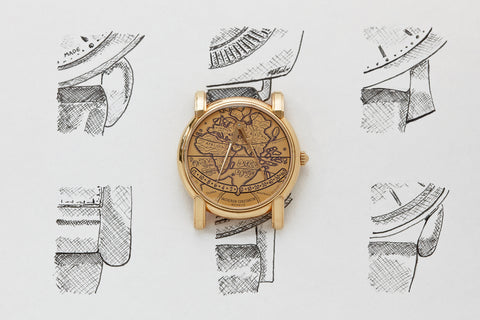
Six Collectors Choose their Favourite Lugs
By Russell Sheldrake
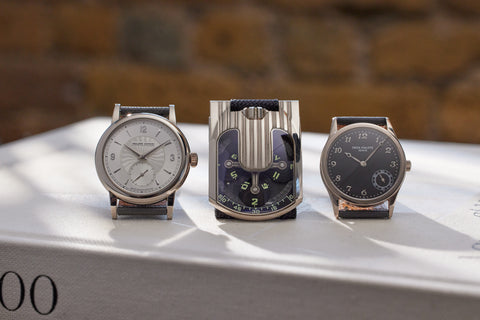
What Is Independent Watchmaking?
By A Collected Man
